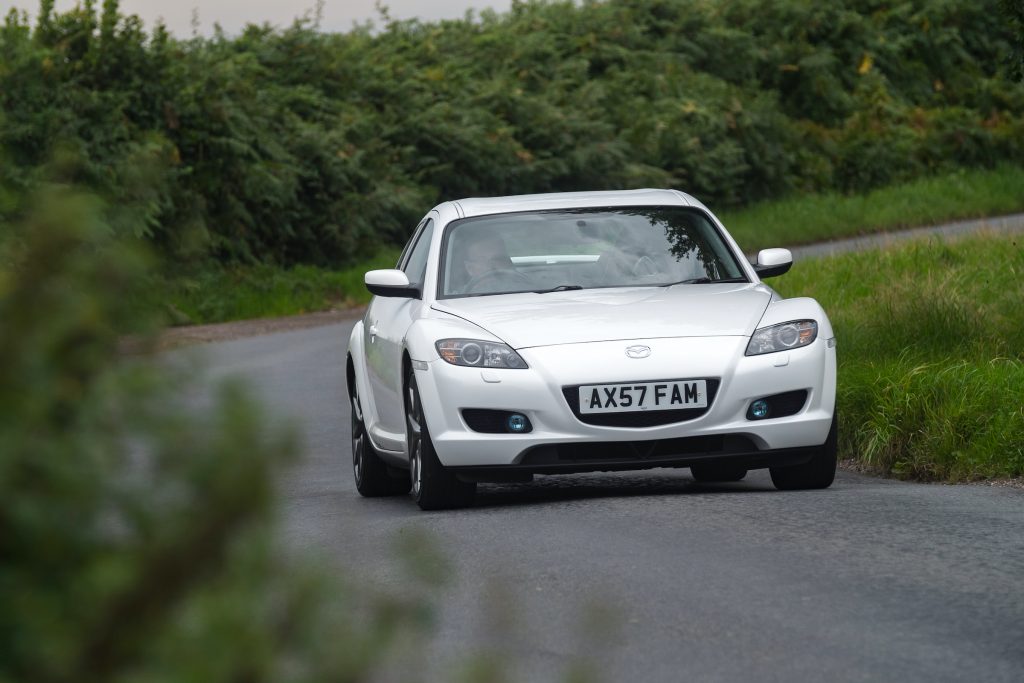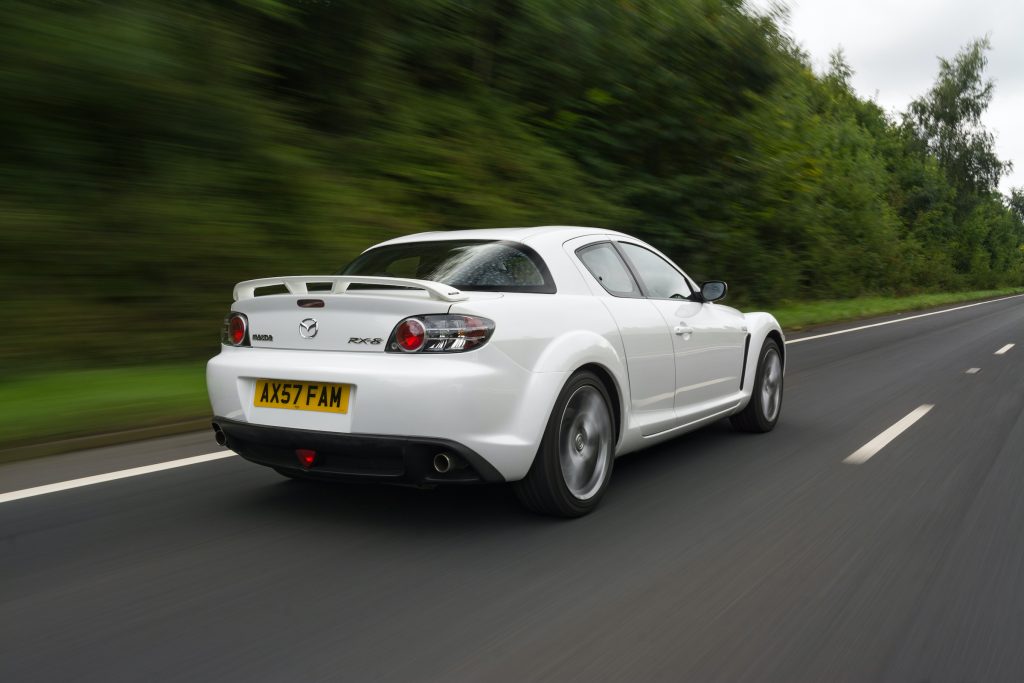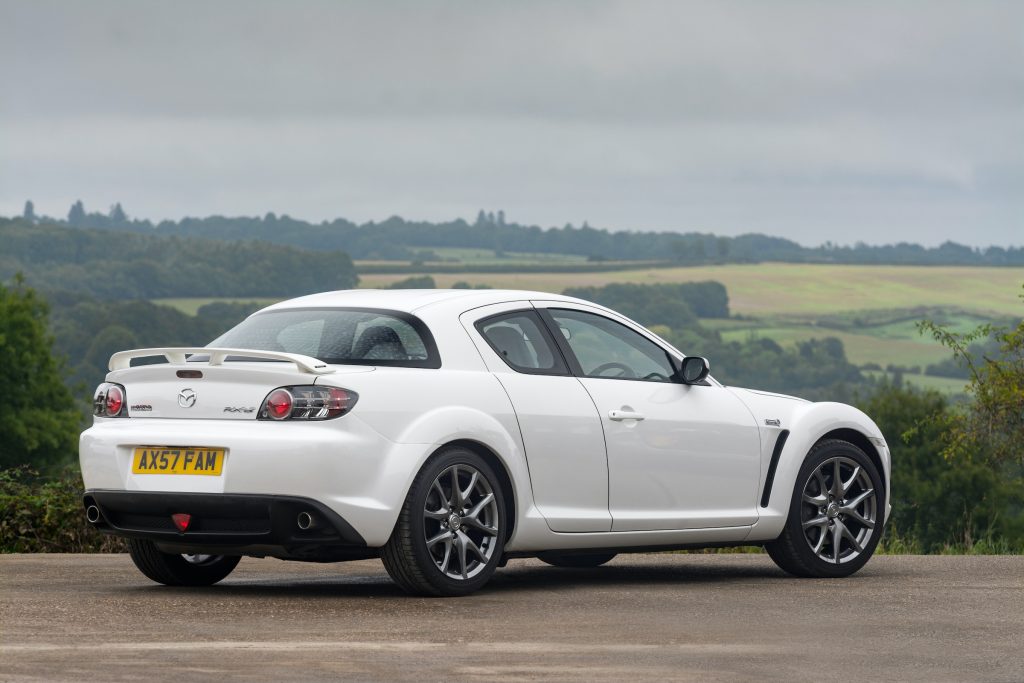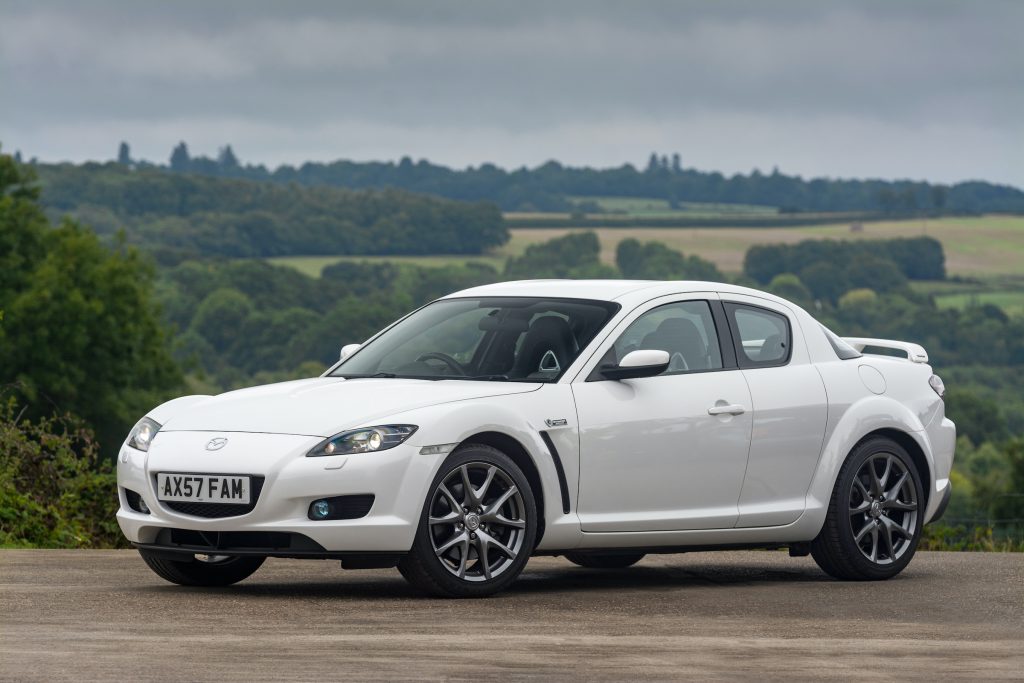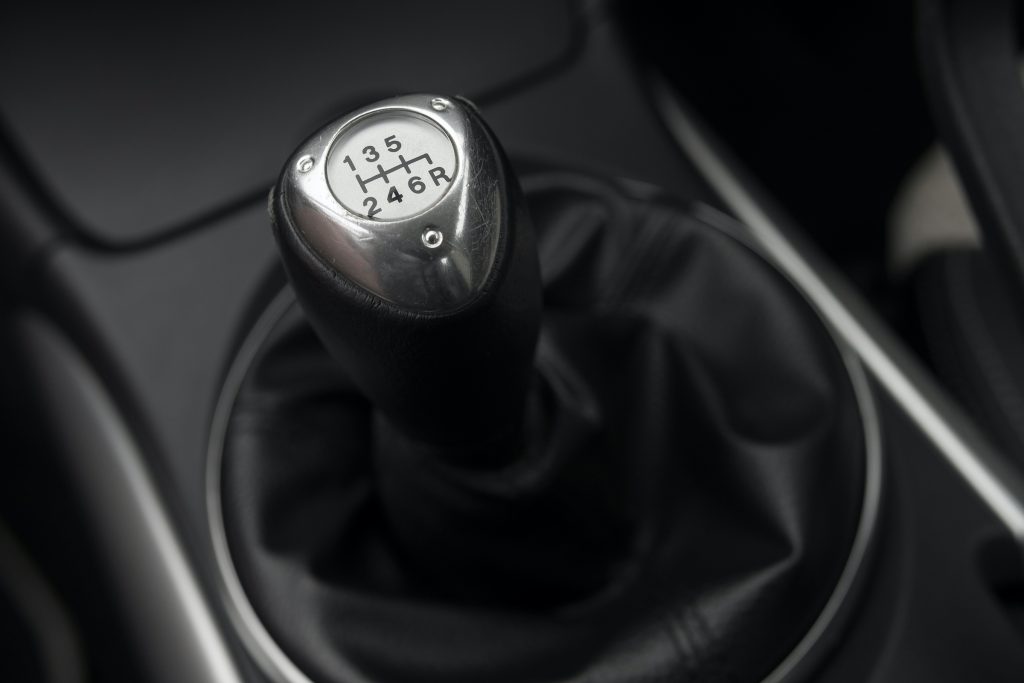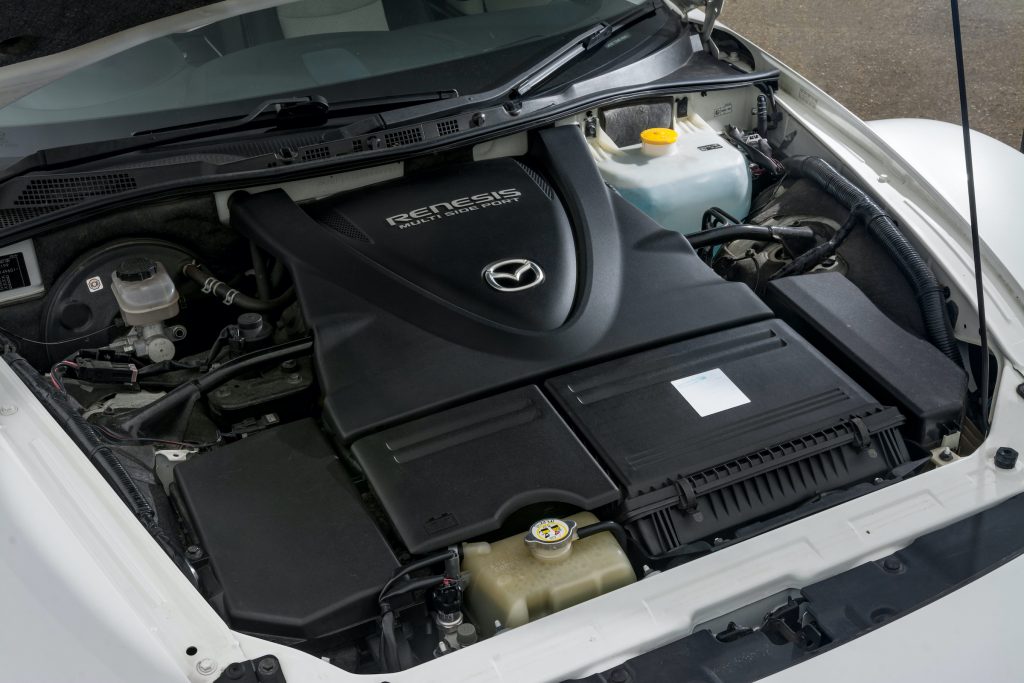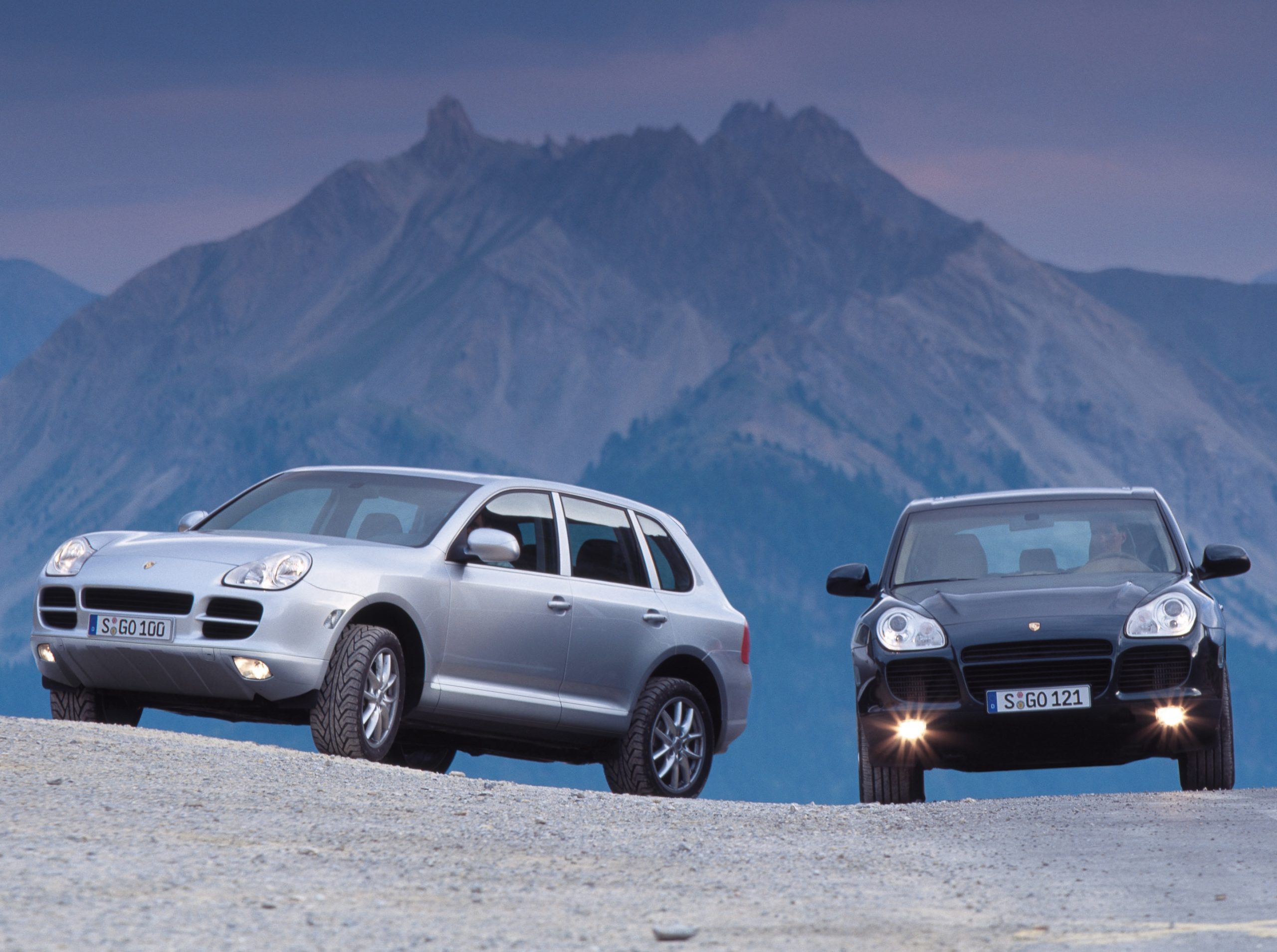The Japanese car industry may never again have a purple patch quite like that of the late 1980s and early 1990s. Riding high on the ‘80s economic bubble, it was an era of money-no-object engineering, and turned out, in quick succession, a series of vehicles that the western car industry simply had no good answer for.
The lineup is incredible, looking back on it. In just a handful of years, Japan gave the world the first-generation Mazda MX-5, the Lexus LS400, the Honda NSX, Nissan 300ZX and the third-generation Mazda RX-7.

That the bubble burst in 1991 was of little consequence to drivers, who enjoyed the fruits of Japan’s labours for the following decade, but as the new millennium dawned, the world was a very different place. Amazing, then, that Japan’s manufacturers took on a second wind and produced, once again, a lineup of cars that themselves have gone down in history: the Honda S2000, the bug-eyed Impreza WRX, Toyota’s lightweight third-generation MR2, the Nissan 350Z – and the Mazda RX-8.
The third-generation RX-7 had been a slow seller but persisted in its home market until 2002. The RX-8 launched the following year was a very different proposition – no longer sitting in the pseudo-supercar class the 7 had occupied, the new car was more affordable, more practical and with a new, naturally-aspirated engine dubbed Renesis, not as quick, but hopefully, not as needy either.
It shared little of the visuals of the three RX-7s before it; Mazda’s name change was deliberate, linking it with other rotary models but forging its own distinct path through the brand’s history. Less a replacement then, more an addition to a back-catalogue that also included RX-3s and RX-4s.
Even without the rotary engine, the RX-8 would have been attention-grabbing on account of unusual body design. The two front doors opened as normal, but the two rears were rear-hinged, operable only when the fronts were already open.
We’ve seen similar with BMW’s i3 and Mazda’s own new MX-30 crossover, and it’d seem gimmicky had it not rendered the RX-8 surprisingly practical. It might have been a faff opening the rear doors, but with no B-pillar and a pair of sculpted rear chairs, the RX-8 was a genuine four-seater. One with a proper boot, for that matter, while the car’s furnishings tended towards the plush and high quality. Unlike the S2000, this was no minimalist sports car.
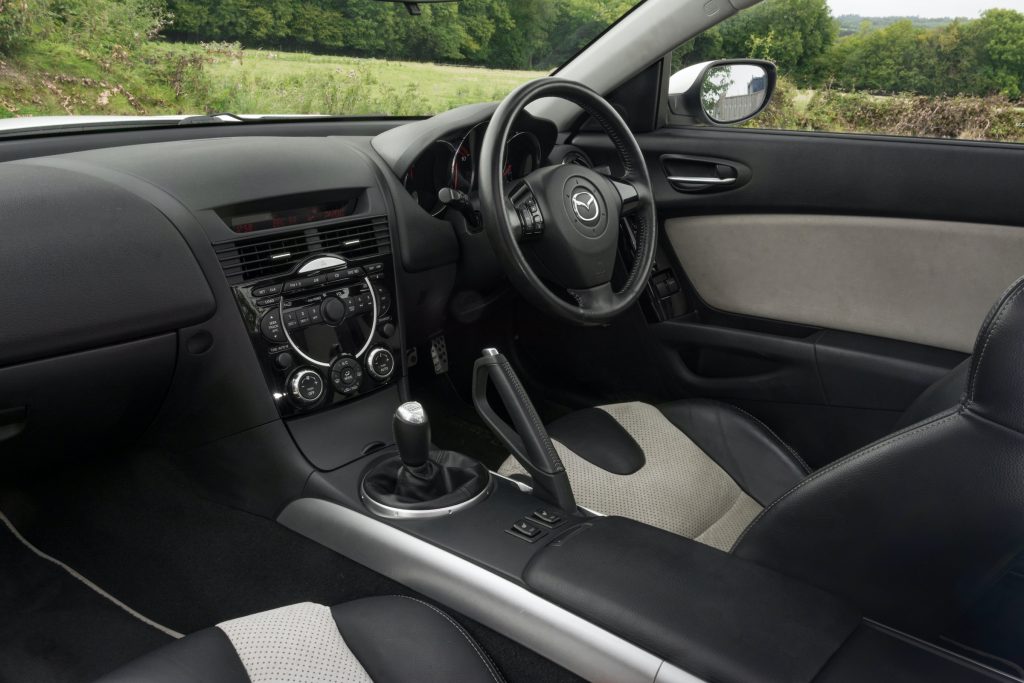
Though like the S2000 and the 350Z, it was still an imperfect one. The chassis drew praise from the critics, and as was customary for a Mazda, engineers had spent time keeping weight to a minimum, at little over 1300kg. The basic underpinnings would go on, in shortened wheelbase form, to form the basis of the third-generation MX-5, and handling-wise the RX-8 had a similar (albeit even friendlier) balance.
Feedback on the engine though was mixed. Comparison with the beefy Nissan in particular highlighted its lack of torque, and the Renesis needed to be whirring away at 5500rpm to develop just 156lb ft. The curve was far from flat too – drive one today and you can be caught napping by an octogenarian in a Yaris Hybrid. Ideally, the closer you are to the red paint at 8500rpm the better.
Relatively long gearing exacerbates the issue. RX-8s have a great shift, like all Mazda’s sports cars, but it can take some time to wind its way up there, and even extending the engine to its furthest reaches you’ll have to eventually make peace with the realities of being left for dead by BMW and Volkswagen diesels and the like.
On the plus side, few engines are smoother when batting against the limiter (certainly not rep-spec diesels), or sound so unstrained by high engine speeds. If you didn’t mind the economy penalty – high teens and low 20s are the norm – then you can happily spend all day between 6000 and 9000rpm.
And then, as now, the RX-8 was affordable. £19,995 for the 192bhp car, and £21,995 for the 231bhp model. The S2000 was £25,995 at a minimum, a 350Z only a little less at £24,000. You could get into Mazda’s flagship for only a couple of grand more than a fully-specced MX-5, which must have drawn in a few floating voters.
Despite the low cost of entry, the expense of the car’s fuel consumption remains a worry for some. Maintenance too, and while a well-kept rotary can be perfectly reliable, they’re more fickle than most being warmed up properly and which parts and oils are used. If you’ve ever wondered why used RX-8s are so cheap – just a couple of grand is enough to get one these days – then it’s the almost inevitability of having to spend the same again or more to rebuild its tired engine.
But look at it another way. Two or three grand buys an RX-8 in need of love, and three or four to the right people will get you a rebuilt and fully fitted engine good for – if you look after it properly – another fifteen years of free-spinning fun. Even the upper end of those two figures combined would struggle to get you into a decent 350Z these days, and cheap S2000s have virtually disappeared. The Mazda RX-8 was one of the best Japanese sports cars of the early 2000s, and nearly 20 years down the line, it’s one of the few bargains too.
Also read
Freeze Frame: Rotary revolution at 1991’s Le Mans
Buying Guide: Mazda MX-5 Mk1 (1989 – 1998)
Our Classics: 1994 Mazda RX-7

